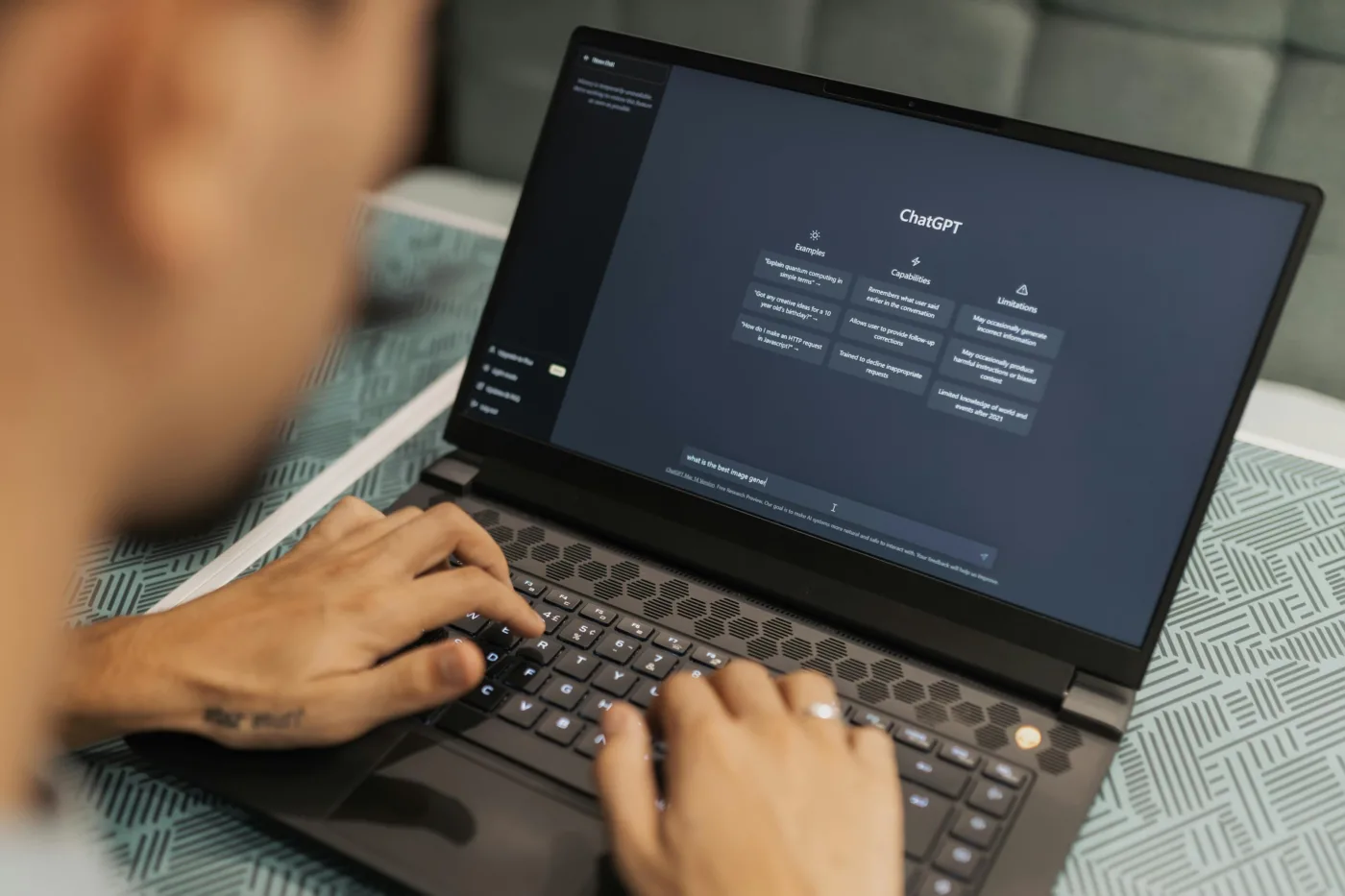If you’ve ever used ChatGPT and noticed that its response was faster, more meaningful, or simply more “on point,” you’re not alone. Many users notice that this digital assistant works better at certain times, while at other times the quality of its responses drops. But why? The culprits aren’t just the complex questions or the way you ask them—they’re also the system load.
Let’s start with the basics. ChatGPT runs on a network of powerful servers that can simultaneously handle millions of requests from all over the world. These servers operate with a certain amount of processing power, which they have to distribute among all active users. When there are more people on the platform, each individual conversation receives less of these resources. The result? Longer response times, less deeply processed responses, and sometimes even blatant errors.
The difference is especially noticeable during “peak” times. Afternoons and evenings are often the busiest, as both students looking for help with assignments and employees looking for quick solutions to work-related tasks log onto the platform. During these times, the quality of responses can deteriorate, as the system simply does not have enough power to fully process each conversation. In contrast, in the early morning or late at night, when there are fewer users, the system performs optimally. At that time, your conversation has access to more sources, allowing for deeper and more accurate responses.

But system load is not the only factor. Your communication with the model is also crucial. The clearer and more specific your question, the more meaningful the answer will be. If you ask something general, like “What is artificial intelligence?”, you will get a broad answer that may not meet your expectations. But if you rephrase the question to something more specific, like “How does artificial intelligence improve speech recognition?”, ChatGPT will focus its attention on exactly what you want to know.
The way you structure the conversation also has an impact. Longer and more complex conversations can cause the model to “forget” parts of previous messages, as it has limited context to store. If you want in-depth answers, it’s better to break your questions into smaller, self-contained chunks. This will ensure that the model doesn’t miss out on key information.

If you frequently use ChatGPT for more demanding tasks and want consistently high quality, consider a paid plan like ChatGPT Plus. This provides priority processing power allocation, meaning faster and more thoughtful responses even during peak hours. Otherwise, focus on using it during off-peak hours - the difference will be obvious.
So to always get the best answers, consider two things: time and communication method. When you use ChatGPT during off-peak times and make it clear what you expect, it becomes a digital genius that won’t let you down. So try early in the morning or late at night next time – and get ready for an amazing experience.




